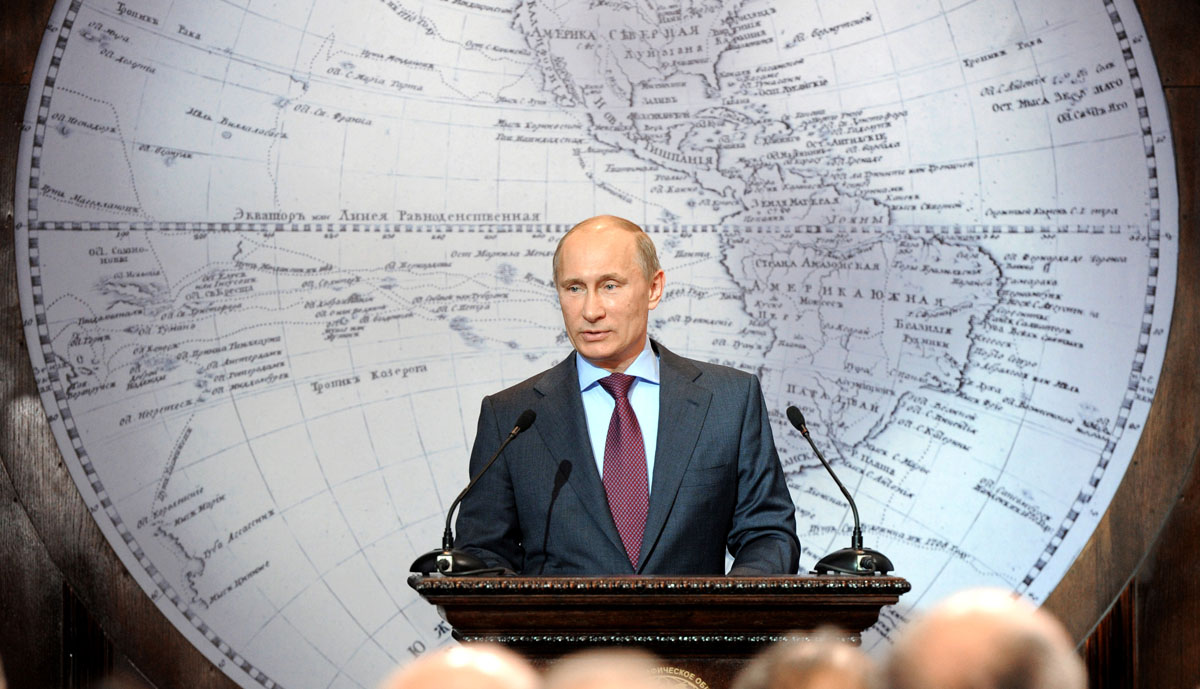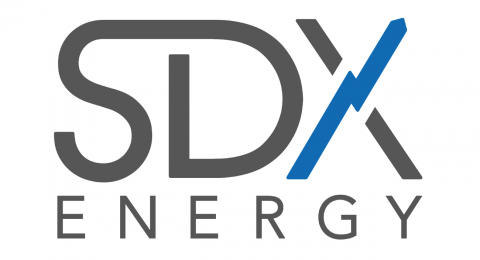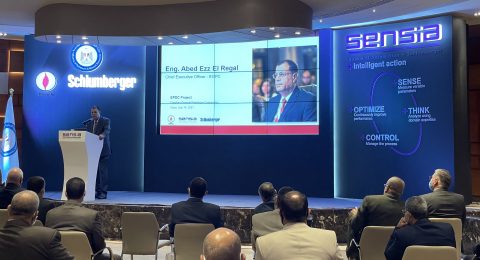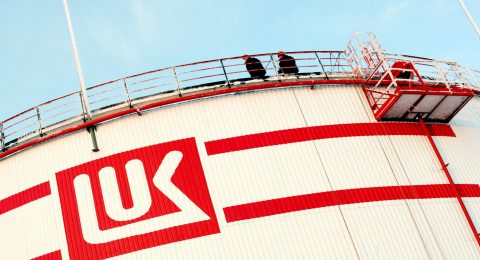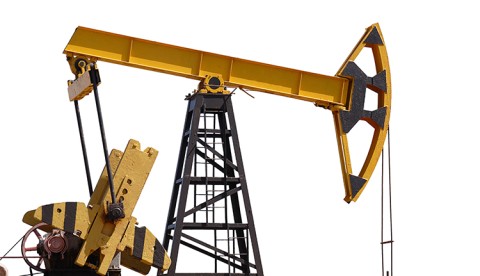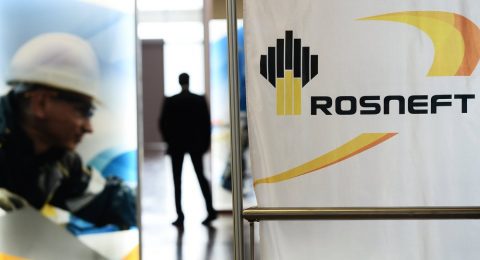European officials on Friday took a step toward creating a web of natural gas pipelines across the region’s southeast as a way to reduce the threat of Russia choking off supplies.
Fifteen nations, more than half of them from the former Soviet bloc, endorsed an action plan to improve energy infrastructure and ultimately to ensure each of them maintains three separate sources of supply. Ministers meeting in Dubrovnik, Croatia, with Maros Sefcovic, the European Commission’s vice president in charge of energy union, chose seven gas-link projects that should be sped up and that may be eligible for financial support.
“I consider this a landmark decision,” Sefcovic said in an interview. “We have managed in a very short period of time to agree a priority list of key infrastructure projects which would guarantee that we’re progressing on the goal that all countries in the region will have access to three different sources of gas.”
The crisis in Ukraine and Russia’s decision in December to cancela $45 billion gas pipeline to Europe shocked nations from Austria to Bulgaria. The commission wants to encourage them to work together on protecting energy supply. Russia supplies 27 percent of the gas that feeds the European Union, some of which travels through pipelines crossing Ukraine. The bloc imports more than half of its energy.
“The EU’s domestic production is decreasing, and it might lead to increased EU dependency on imports,” Sefcovic told the gathering Friday. “We must make sure that our supplies are diversified. We need to make sure that nobody will be in a dominant position that would negatively influence our energy security.”
Hungary, Moldova
EU nations at the talks included Austria, Bulgaria, Croatia, Greece, Hungary, Italy, Romania, Slovenia and Slovakia. From outside the bloc, Serbia, Albania, Bosnia and Herzegovina, the Former Yugoslav Republic of Macedonia, the Republic of Kosovo, Montenegro, Moldova and Ukraine were invited.
“There are still considerable bottlenecks and constraints that make it more difficult to move alternative sources of supply around the market and cut dependence on Russia,” said Emily Stromquist, an energy analyst at the Eurasia research group in London.
European Commissioner Miguel Arias Canete, who oversees climate and energy, joined the discussions that build on a strategy outlined in February. Effective cooperation between the countries in the region is key to ensuring secure energy supplies and affordable prices for consumers. “While every country has to face its specific energy issues, addressing them together can offer cheaper and more effective solutions,” he said in a press statement.
Southern Corridor
Southeastern Europe is a vital part of the political jigsaw to diversify supply away from Russia through the so-called southern corridor. The countries in the region stand between energy-hungry markets of western Europe and gas fields around the Caspian Sea owned by Kazakhstan, Turkmenistan and Azerbaijan.
“This is the first time in history that all the region’s countries, some EU members and some not, sat together at the table and said that energy is our priority,” said Croatian Economy Minister Ivan Vrdoljak. “National energy policies are history. You should start with a regional policy and implement it nationally.”
The list of priority projects agreed upon Friday includes the Trans Adriatic Pipeline, which will help to ship Azeri natural gas to Italy, Greece, Albania and Bulgaria. A venture that includes BP Plc and Statoil ASA plans to start work on the pipeline next year.
The South Stream project scrapped in December would have piped gas under the Black Sea to Europe. Russian President Vladimir Putin’s alternative is building a pipeline to Turkey and then shipping gas overland to Greece.
“The decision today was a change of approach on how to resolve the situation in this region after the cancellation of the South Stream project,” Sefcovic said. “I’m very glad that we managed to convince the countries that the best way to proceed is to go for a series of smaller, realistic projects and improvement of interconnectivity.”
The EU strategy is to make gas supplies more flexible by building additional pipelines across the southeast. So long as gas can flow both ways in each of the pipelines, that would fill gaps in the network and make the system more resilient to cutoffs.
Commission officials proposed a high-level group of ministers to discuss strengthening the gas network two months after Putin canceled South Stream.
LNG Terminal
Other projects that got priority status Friday include inter-connectors between Greece and Bulgaria and between Bulgaria and Serbia, as well as a system of reinforcements in Bulgaria and Romania. Officials also agreed to speed up work on a liquefied natural gas terminal in Croatia and an LNG evacuation system toward Hungary.
Three other projects were put on a conditional priority list: the connection of offshore Romanian gas to the nation’s system, an inter-connector between Croatia and Serbia, and a new Greek LNG terminal.
The priority projects may be eligible for financial aid from the European Investment Bank and the European Bank for Reconstruction and Development.
“These aren’t typically very high-cost projects, but their impact is considerable,” Eurasia’s Stromquist said. “Getting additional inter-connectors into the market will certainly help improve competition and reduce Russian dependence.”
